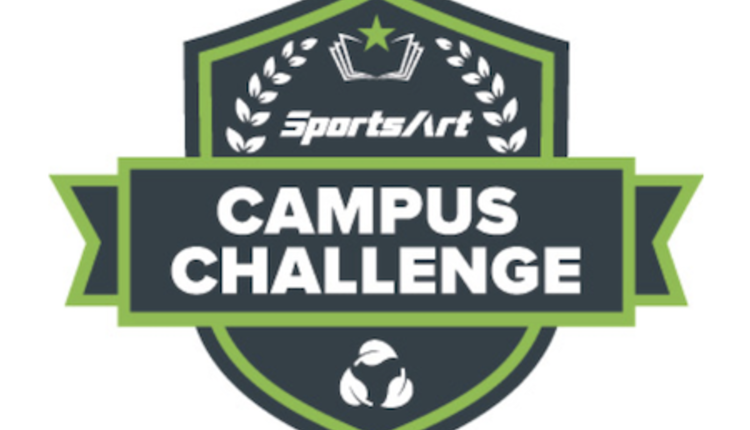More and more cheerleaders will tell you that cheerleading is not just an activity -- it is a true sport. It has grown more competitive over the years, and athletes continue to take more risks. In fact, cheerleading is one of the leading sports causing severe, traumatic injury in females and is why the American Academy of Orthopaedic Surgeons, http://www.aaos.org, (AAOS) suggests that cheerleaders observe certain safety guidelines.
Injuries among cheerleaders often result from:
· gymnastic tumbling
· maneuvers such as the pyramid
· In the pyramid drill, the cheerleader at the top is most often injured after falling and landing on a hard surface.
· and the basket toss
· The basket toss is a stunt in which a cheerleader is thrown
· into the air, often between 6 and 20 feet, by three or four other
· cheerleaders.
But injuries such as bruises, twisted ankles, shin splints even head and neck injuries can also occur while cheerleaders are performing simple routines on unforgiving surfaces like gymnasium floors.
"Cheerleading has evolved into a physically demanding and competitive sport requiring complex gymnastic maneuvers that pose a serious threat of injury to participants," says Daniel Green, MD, spokesperson for the AAOS and pediatric orthopaedic surgeon in New York. "Cheerleading injuries may be prevented through increased spotter training, mandating the use of floor mats for complex stunts, and encouraging safety education and proper training for coaches."
According to the U.S. Consumer Product Safety Commission, cheerleading injuries have more than doubled since 1990, and in 2007 accounted for more than 74,000 injuries.
· Sprains and strains accounted for more than half of those injuries.
· More than 16 percent of injuries involved fractures or dislocations.
· Nearly 4 percent involved concussions and other closed head injuries.
As part of its injury-prevention efforts, the AAOS recommends the following guidelines for avoiding cheerleading injuries:
· A cheerleading squad should practice and perform only under the direction of a qualified and knowledgeable adviser or coach.
· Make sure the environment is suitable for the activity. For example, cheerleading practice should take place on a surface with the appropriate matting not on hard surfaces such as concrete or asphalt, wet or uneven surfaces, or surfaces with obstructions.
· All squads should receive thorough training in proper spotting techniques.
· Never build a stunt without the coach present.
· All stunts, including pyramids and basket tosses, should be reviewed and approved by the coach prior to execution.
· Familiarize your squad with the most common cheerleading injuries (sprains, strains, head and neck injuries, fractures and dislocations) and how to treat them. Establish a chain of command (coach, assistant coach, captain, co-captain and so on) that you use in case an injury occurs.
For more injury prevention information: www.orthoinfo.org
AAOS Information Statement on Getting Athletes Back in the Game: http://www.aaos.org/about/papers/advistmt/1022.asp.
About AAOS: http://www6.aaos.org/news/Pemr/releases/release_boiler.cfm?category=6&releasenum=704











